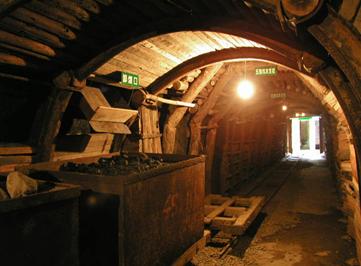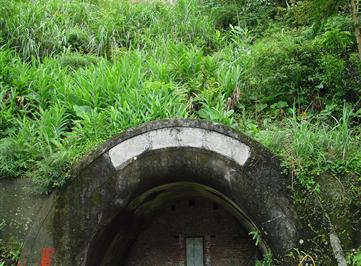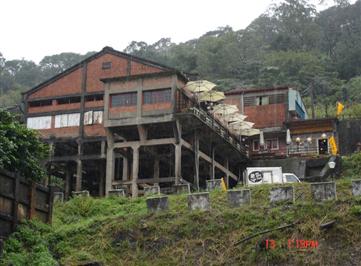- Geography Location
- Develop History
- Natural Resources & Cultural Resources
- Four Seasons in Pingsi
- Mining Culture
- Indigo Dye Crafts
- Pingsi Commercial District Association
Mining Culture
Mining began in Taiwan long ago during the era of Dutch rule, beginning in the Keelung region. Mining in Pingsi, however, started in the Japanese Colonial Period in the first decade of the twentieth century. The first Chief of Pingsi Village, Pan Bingzhu, discovered coal and acquired the mining rights. In 1918, he persuaded the Japanese Fujita Corporation and Yan Yunnian, the founder of Taiyang Mining Company, to jointly invest in mining operations, establishing the Taipei Coal Mining Corporation (later changed to the Taiyang Mining Corporation). This began the age of coal mining for Pingsi Township. In 1921, Yan Yunnian invested a great deal of money in completing the Pingsi Line Railway so that coal could be transported in large quantities. Roads were built and bridges were built across rivers to connect the mines to the railway station. The Pingsi Railway opened up Pingsi Towship to the outside world.
The population of Pingsi Township grew quickly due to the mining industry, changing the traditional distribution of its population and the structure of its living amenities, forming today’s Pingsi Village, Shidi Village, Jingtong Village, and Shifen Village. At the time of peak production, there were about 18 mines, and about 4,000 miners. Eighty percent of the township’s population depended on mining for a living. In 1969, the residents began losing their jobs in the mines as cheaper foreign coal began to be imported in larger quantities and the quality of the local coal began to decline. The miners had to move to the industrial areas in the cities, and Pingsi Township became a quiet agricultural village once again.










